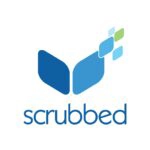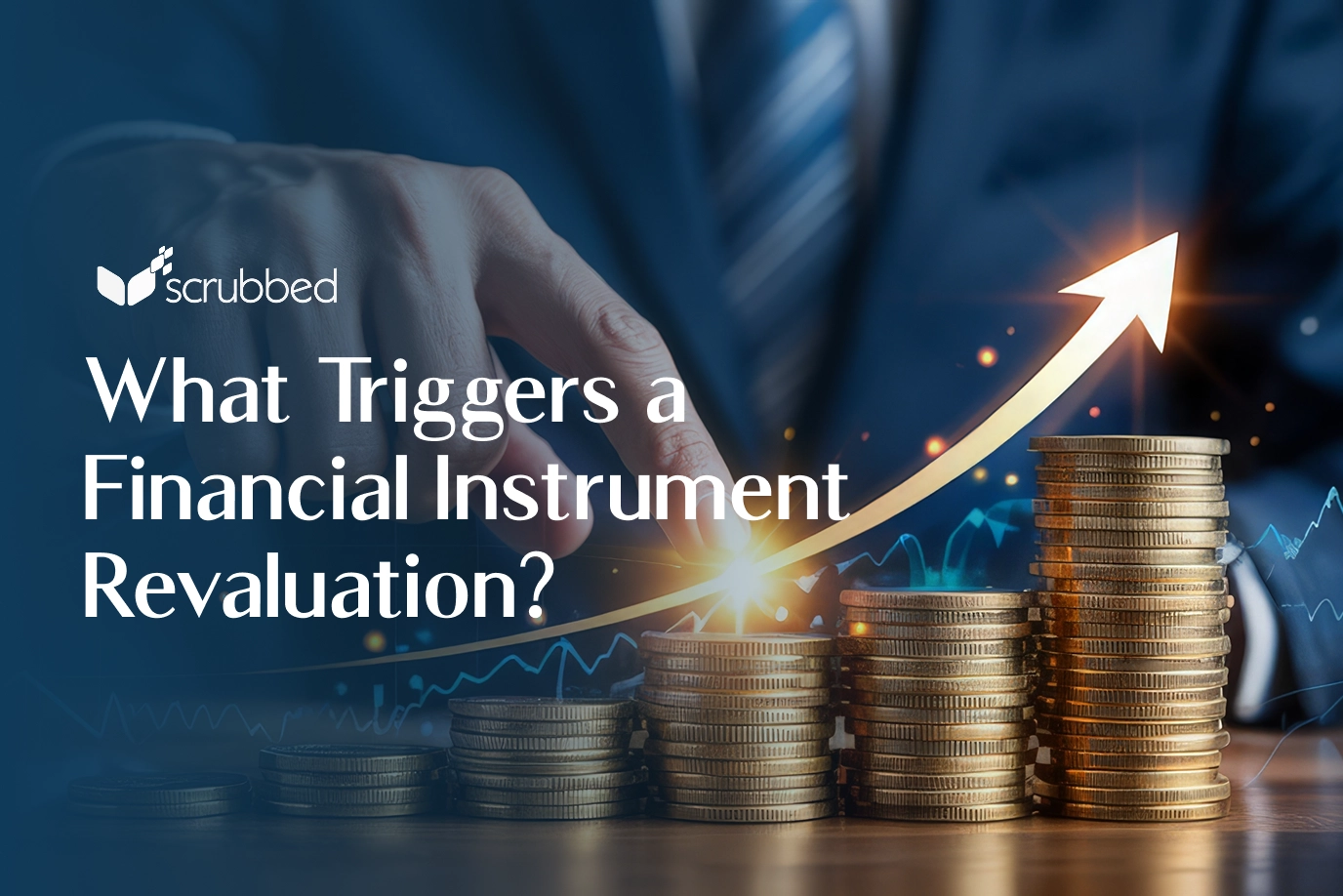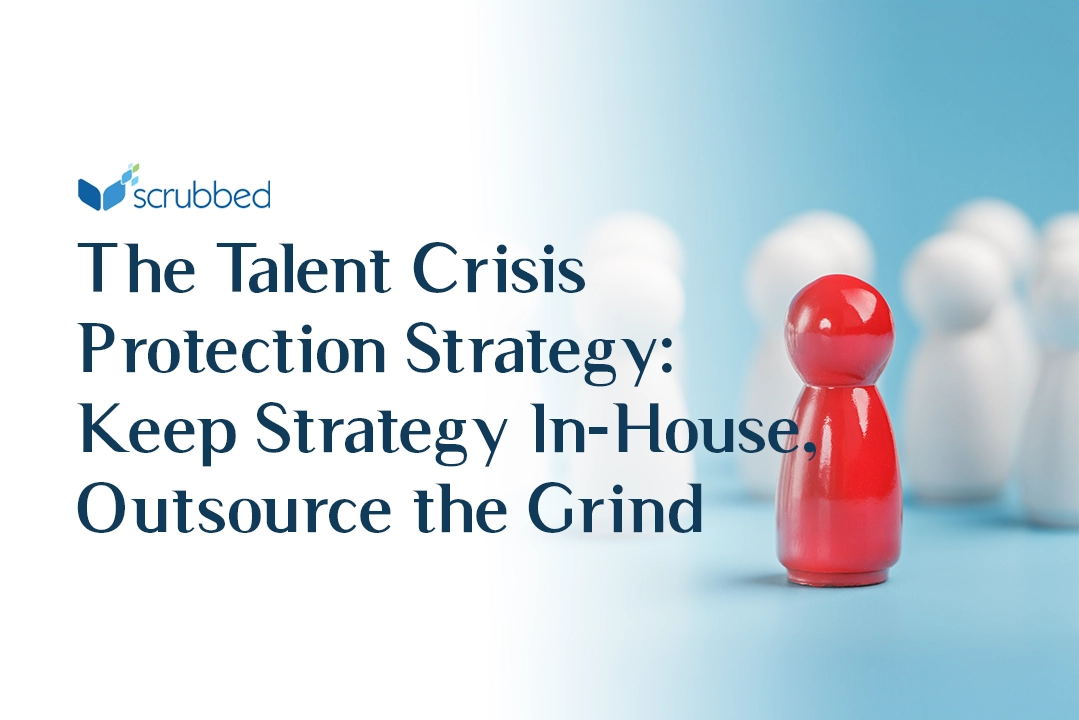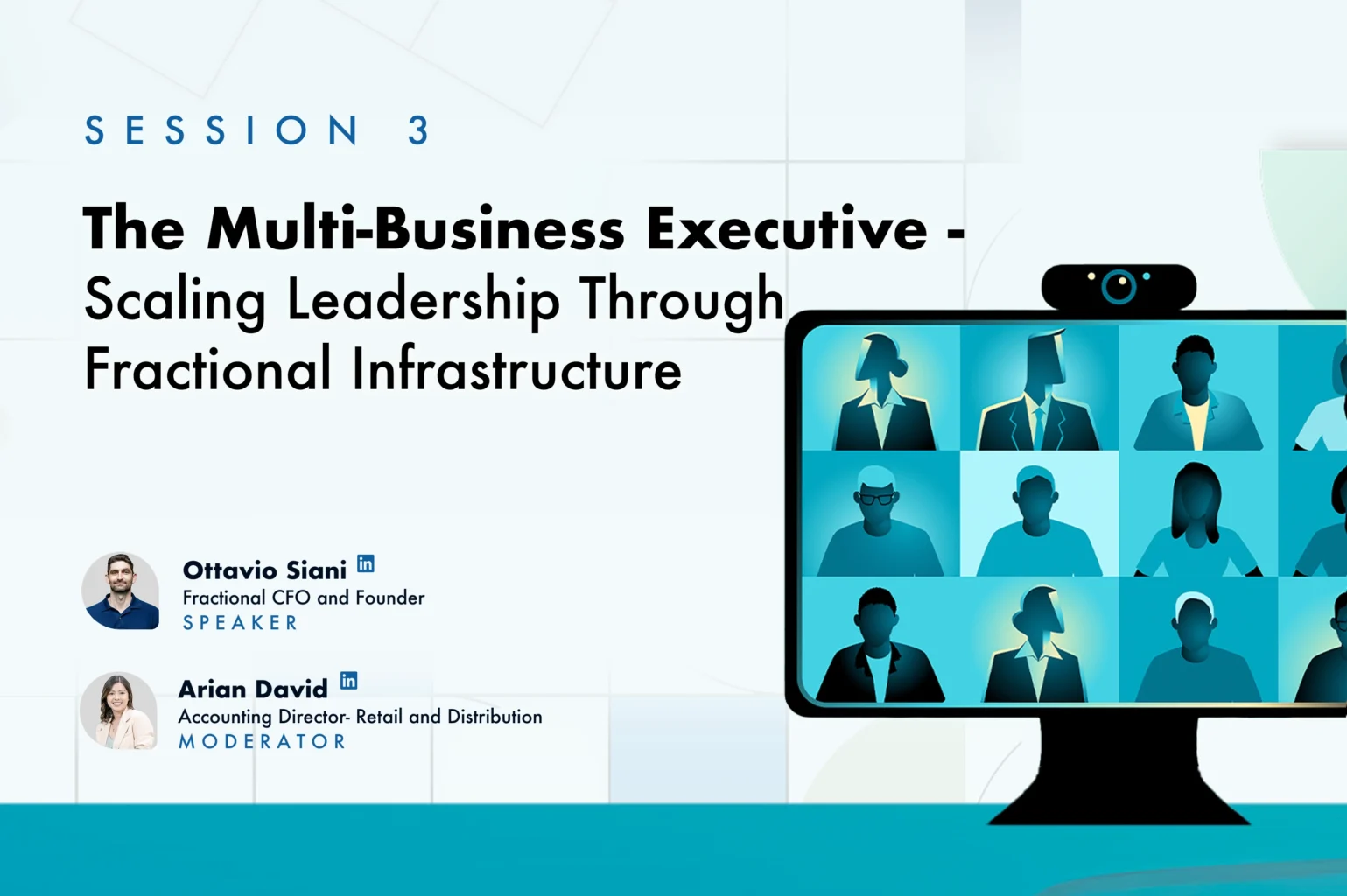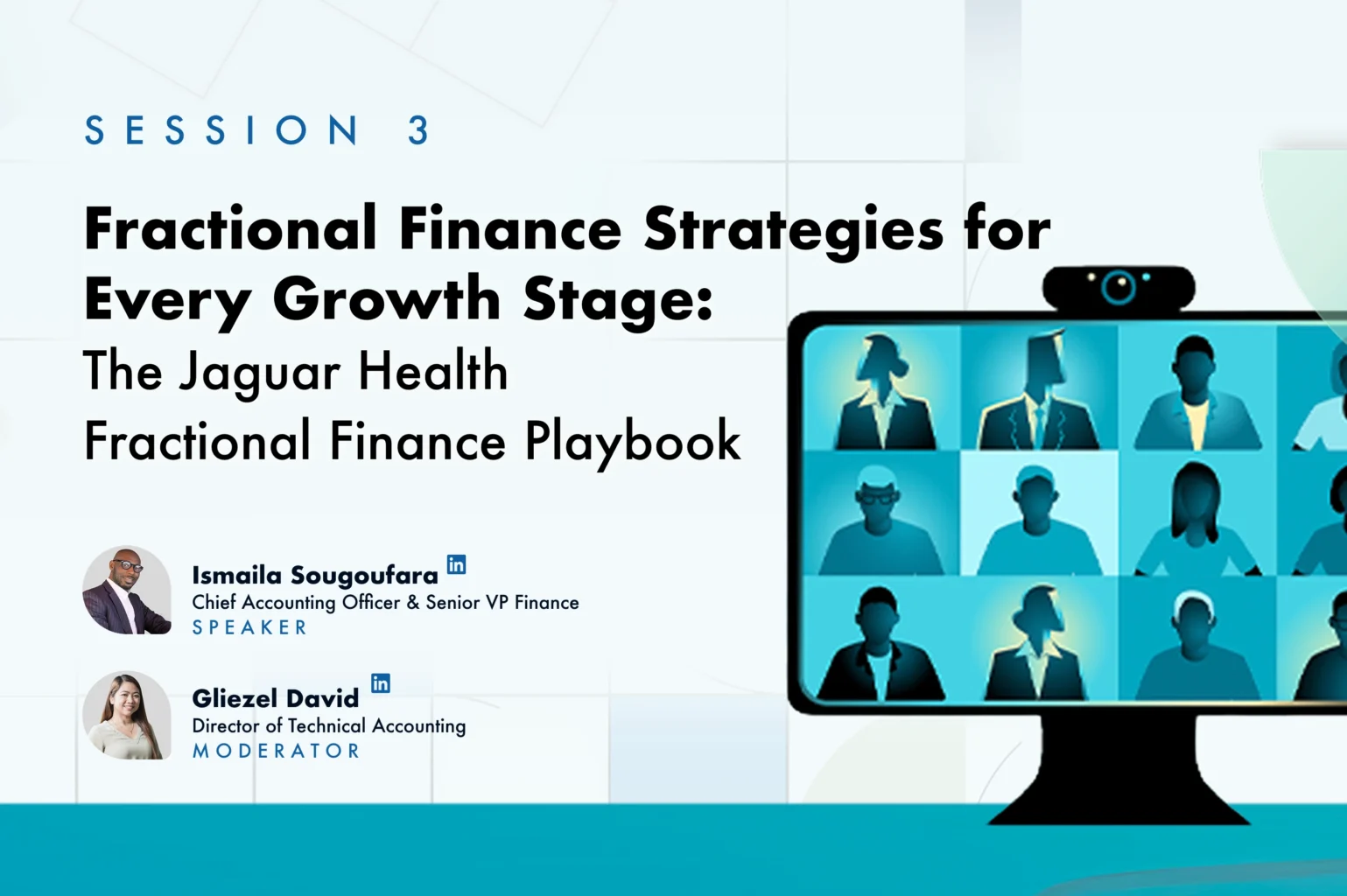The Federal Reserve launches the Main Street Lending Program to complement the efforts to stimulate the economy through the survival of businesses, amidst prolonged losses and job cuts brought about by COVID-19.
It is undeniable that the outbreak of pandemic COVID-19 has greatly affected not only the health of millions of U.S. citizens but also has equally disrupted economic activity in many sectors of the economy — especially with small businesses. As a response to combat the economic collapse of so many American businesses, the Federal Government has introduced and enacted multiple financial programs under the CARES Act, such as the Paycheck Protection Program (PPP), Employee Retention Credit, Payroll Tax Postponement, and the Economic Injury Disaster Loan. Although these financial programs helped many small and medium-sized entities, the need for such companies to obtain financing amidst the prolonged economic injury brought about by the Pandemic is immense.
Recently, the Federal Reserve announced a new program — the Main Street Lending Program — that could be a small business owners’ next best option. This program is estimated to support up to $600 billion in new loans.
The Main Street Lending Program is much different from the PPP since loans under the new program are not forgivable and are more like a traditional loan, although they are at low-interest rates. In addition, the new program is being offered through the Federal Reserve rather than the SBA and was originally aimed at large and mid-size businesses. The Federal Reserve will participate in the lending by purchasing a 95% interest in the loan and the lender retains the remaining portion of the loan.
This program could be helpful to accounting* firm clients who have encountered frustration with the PPP and its ever-evolving rules, in spite of the fact that it has already undergone a number of changes since it was first announced, including expanded eligibility for smaller businesses.
What is the Main Street Lending Program?
Main Street Lending Program is designed to provide support to small and medium-sized businesses and their employees across the United States during the current period of financial strain by supporting the provision of credit to such businesses. The availability of additional credit is intended to help companies that were in sound financial condition, prior to the onset of the COVID-19 pandemic, to maintain their operations and payroll until conditions normalize. As compared to PPP, Main Street loans are full-recourse loans and are not forgivable but offer small businesses a way to get access to money to maintain payroll and keep employees on board their companies.
To implement the Program, the Federal Reserve Bank of Boston has set up a special purpose vehicle (SPV) to purchase participations in loans originated by eligible lenders. Lenders will retain a percentage of the loans. Loans issued under the Program would have a five-year maturity, deferral of principal payments for two years, and deferral of interest payments for one year.
Eligible lenders may originate new loans under the Main Street New Loan Facility (MSNLF) and the Main Street Priority Loan Facility (MSPLF) or increase the size of (or “upsize”) existing loans under the Main Street Expanded Loan Facility (MSELF). The Program was established to respond to uncertainty related to the COVID-19 pandemic and is authorized to purchase participations in these facilities until September 30, 2020, unless the Program is extended by the Board and the Treasury Department.
As of June 16, 2020, the lender portal for Federal Reserve’s MSLP is now open. Registration instructions and the form loan participation agreement, form borrower and lender certifications and covenants, and other required form agreements can be found on the Federal Reserve Bank of Boston’s Main Street Lending Program Forms and Agreements website. However, the Federal Reserve is still currently working to create the infrastructure necessary to fully operationalize the Program.
What are the differences between the MSNLF, the MSPLF, and the MSELF?
All three facilities use the same Eligible Lender and Eligible Borrower criteria, and have many of the same features, including the same maturity of 5 years, interest rate equal to the adjustable rate of LIBOR (1 or 3 months) + 300 basis points, deferral of interest for one year, and ability of the borrower to prepay without penalty. Further, principal payments are deferred for 2 years, 15% of the balance is to be paid on the 3rd year and another on the 4th year, and the 70% balance in the 5 th year. Below are the notable differences between the three facilities:
Minimum Loan Size |
|||
the lesser of (i) $35 million or (ii) an amount that, when added to the Eligible Borrower’s existing outstanding and undrawn available debt, does notexceed four times the Eligible Borrower’s adjusted 2019 EBITDA. |
the lesser of (i) $50 million or (ii) an amount that, when added to the Eligible Borrower’s existing outstanding and undrawn available debt, does not exceed six times the Eligible Borrower’s adjusted 2019 EBITDA. |
||
May not include any provisions that would cause the MSNLF Loan to be contractually subordinated to other debt in or outside of bankruptcy. |
Which entities are eligible to borrow under the Program?
To obtain a loan under the Program, an Eligible Borrower must submit an application and any other documentation required by an Eligible Lender to such Eligible Lender. To be eligible to borrow under the Program, a Business must satisfy certain eligibility criteria, as set out in the MSNLF, MSPLF, and MSELF term sheets and described further below. The Eligible Borrower criteria are the same across all three facilities.
The Business must have been established prior to March 13, 2020. The Business must have been formed prior to March 13, 2020, under the laws of the United States, one of the several states, the District of Columbia, any of the territories and possessions of the United States, or an Indian Tribal government.
The Business must not be an Ineligible Business. Ineligible Businesses include Businesses listed in 13 CFR 120.110(b)-(j), (m)-(s), as modified and clarified by SBA regulations for purposes of the PPP on or before April 24, 2020. Such modifications and clarifications include the SBA’s recent interim final rules available at 85 Fed. Reg. 20811,85 Fed. Reg. 21747, and 85 Fed. Reg. 23450. The Federal Reserve may further modify the application of these restrictions to Main Street.
The Business must meet at least one of the following two conditions: (a) the Business has 15,000 employees or fewer, or (b) the Business has 2019 annual revenues of $5 billion or less. Businesses must meet at least one of these conditions but are not required to meet both. To determine how many employees a Business has or a Business’ 2019 revenues, the employees and revenues of the Business must be aggregated with the employees and revenues of its affiliated entities. To determine how many employees a business has, it should follow the framework set out in the SBA’s regulation at 13 CFR 121.106.
Business must be a U.S. Business. Under section 4003(c)(3)(C) of the CARES Act, Eligible Borrowers must be Businesses that were created or organized in the United States or under the laws of the United States with significant operations in and a majority of their employees based in the United States.
The Business may only participate in one of the Main Street facilities (MSNLF, MSPLF, or MSELF) and must not also participate in the PMCCF. An Eligible Borrower may only participate in one of the Main Street facilities: the MSNLF, the MSPLF, or the MSELF. In addition, a Business is not an Eligible Borrower if it participates in the Primary Market Corporate Credit Facility (PMCCF).
The Business must not have received specific support pursuant to the Coronavirus Economic Stabilization Act of 2020 (Subtitle A of Title IV of the CARES Act). A Business is not eligible if it has received support pursuant to section 4003(b)(1)-(3) of the CARES Act.
The Business must be able to make all of the certifications and covenants required under the Program. See the MSNLF, MSPLF, and MSELF Borrower Certifications and Covenants for more information.
Borrowers that satisfy all criteria above may apply to an Eligible Lender for a Main Street loan. The Eligible Lender is expected to conduct an assessment of each potential borrower’s financial condition to determine whether the loan is approved.
For businesses that already received a loan through SBA’s PPP or EIDL program, they can still be an Eligible Borrower under Main Street if it meets the Eligible Borrower Criteria. However, an Eligible borrower may only participate in one of the Main Street Facilities: the MSNLF, the MSPLF, or the MSELF.
How do eligible borrowers apply?
Once the Program is operational, interested businesses can apply for Program loans by contacting an eligible lender. The lender will determine whether a business is approved for a loan. A description of eligible lenders can be found in the Program term sheets.
The term sheets and frequently asked questions (FAQs) will provide more information regarding the eligibility and conditions of each type of loan.
Are non-profit organizations eligible to borrow under the Program?
While non-profit organizations are not currently eligible under the Program, the Federal Reserve announced on June 8, 2020, that it is together with the U.S. Department of the Treasury are seeking comment on two facilities designed to support lending to nonprofit organizations: the Nonprofit Organization New Loan Facility (NONLF) and the Nonprofit Organization Expanded Loan Facility (NOELF). The comment period for these two facilities ended last June 22, 2020, and revised term sheets are expected soon.
Additional points to note:
Main street loans are full-recourse and are not forgivable. Under section 4003(d)(3) of the CARES Act, the principal amount of a Main Street loan cannot be reduced through loan forgiveness.
Main Street SPV is limited only to purchase up to $600 billion of participations in eligible loans.
In determining if the business has 15,000 employees or fewer, it should follow the framework set out in the SBA’s regulation at 13 CFR 121.06.
In determining the Company’s annual revenues, Businesses must aggregate their revenues with those of their affiliates.
MSNLF Loans, MSPLF Loans, and MSELF Upsized Tranches may be secured or unsecured.
The portion of any outstanding PPP loan that has not yet been forgiven is counted as outstanding debt for the purposes of the Main Street maximum loan size test.
WE’D LOVE TO HELP.
We will continuously update you with news and analysis of legislative and administrative acts that are designed to provide relief from the economic effects of the COVID-19 pandemic. For immediate questions, guidance and clarification, please contact us at [email protected] or discuss it with your Scrubbed professional.
Disclaimer
The information contained herein is of a general nature and is not intended to address the circumstances of any particular individual or entity. It is not intended to be relied upon as accounting*, biotech accounting services, tax, ESG reporting services, or other professional service. Please refer to your advisors for specific advice. Although we endeavor to provide accurate and timely information, there can be no guarantee that such information is accurate as of the date it is received or that it will continue to be accurate in the future. No one should act upon such information without appropriate professional advice after a thorough examination of the particular situation.

